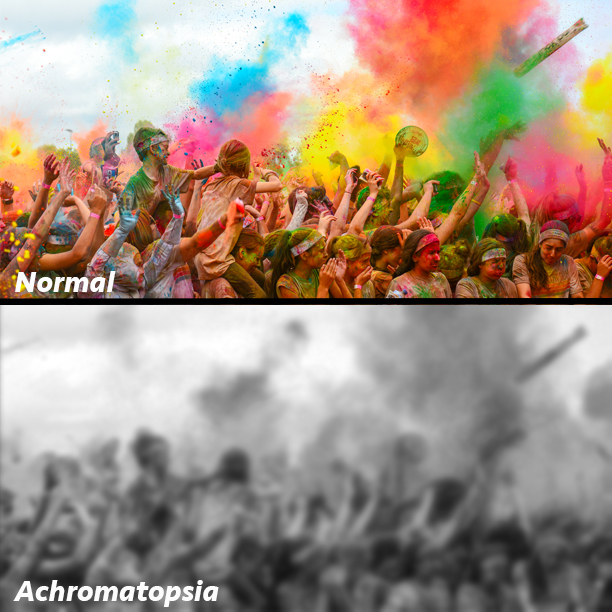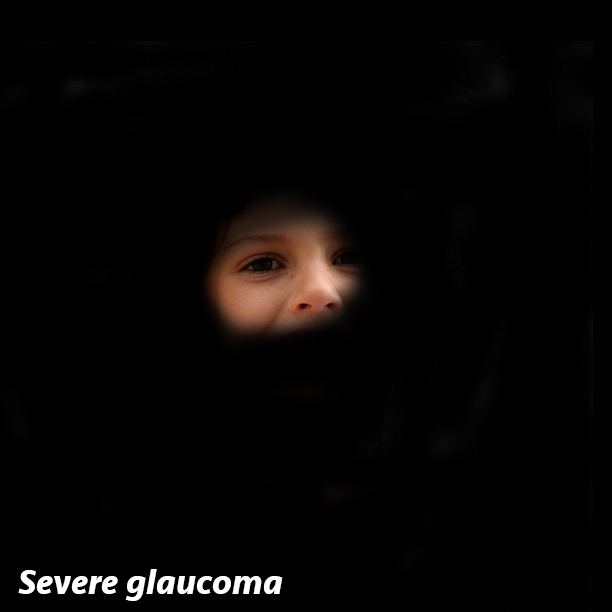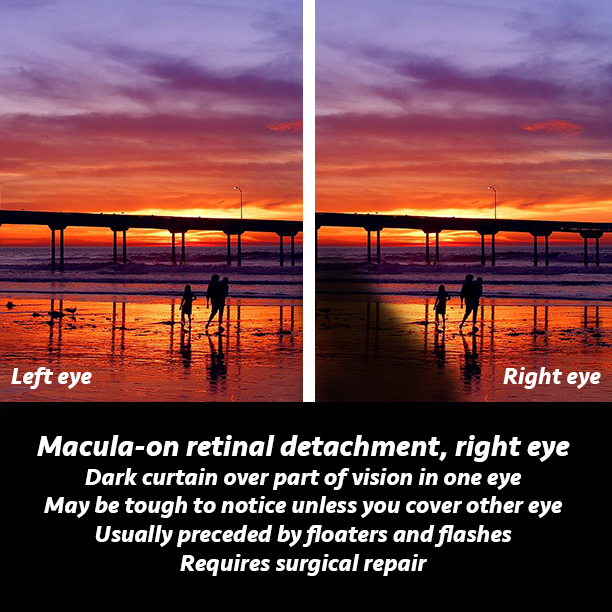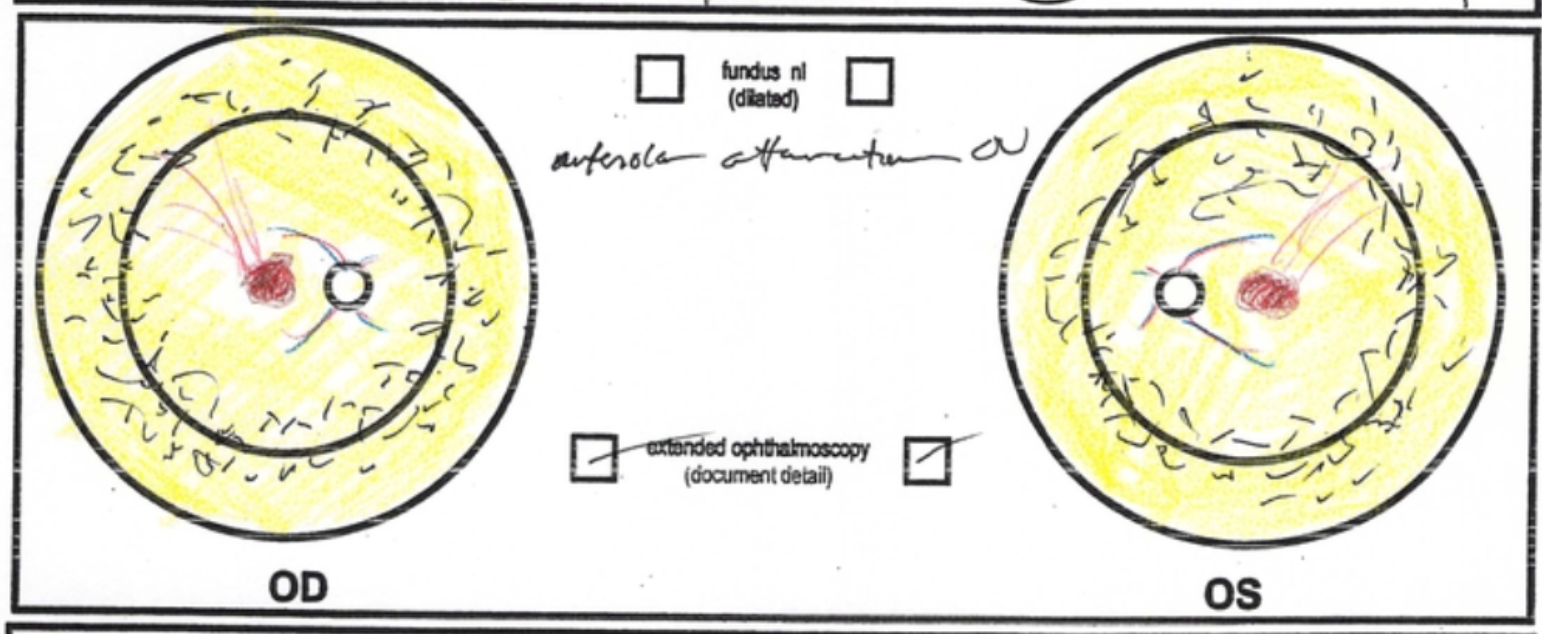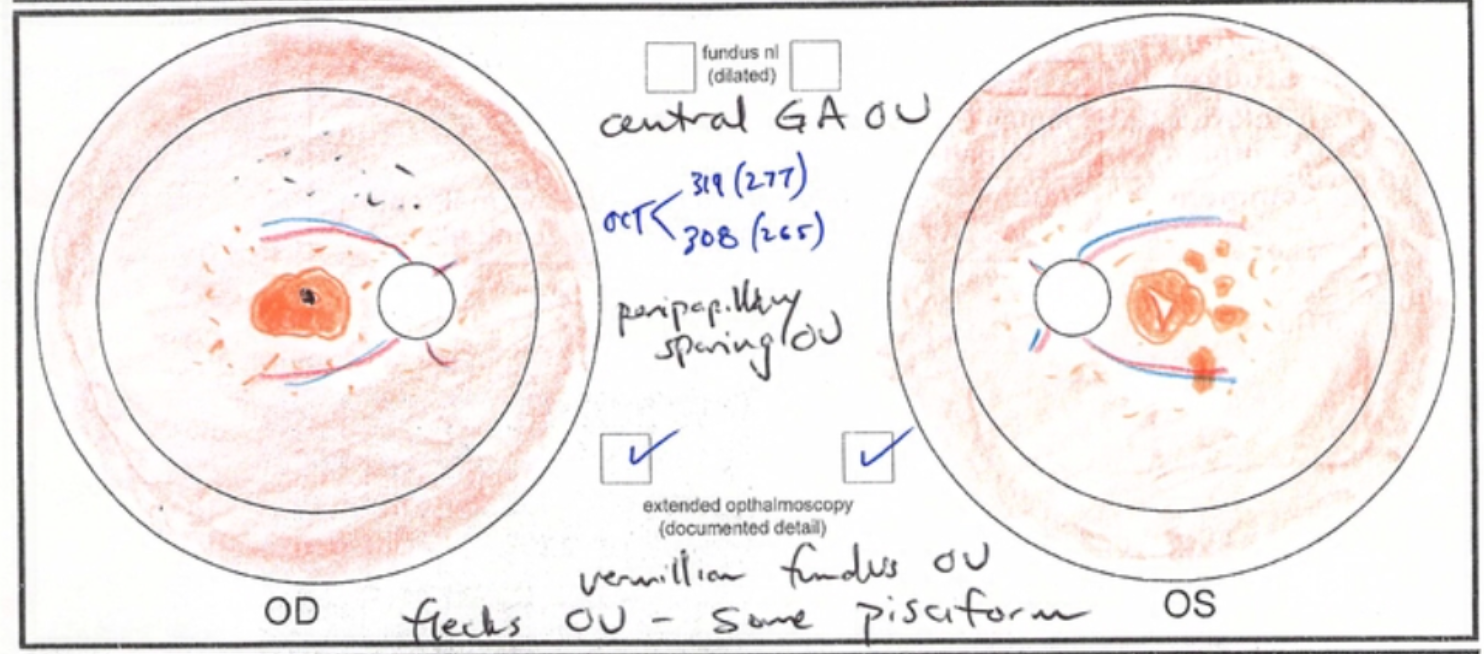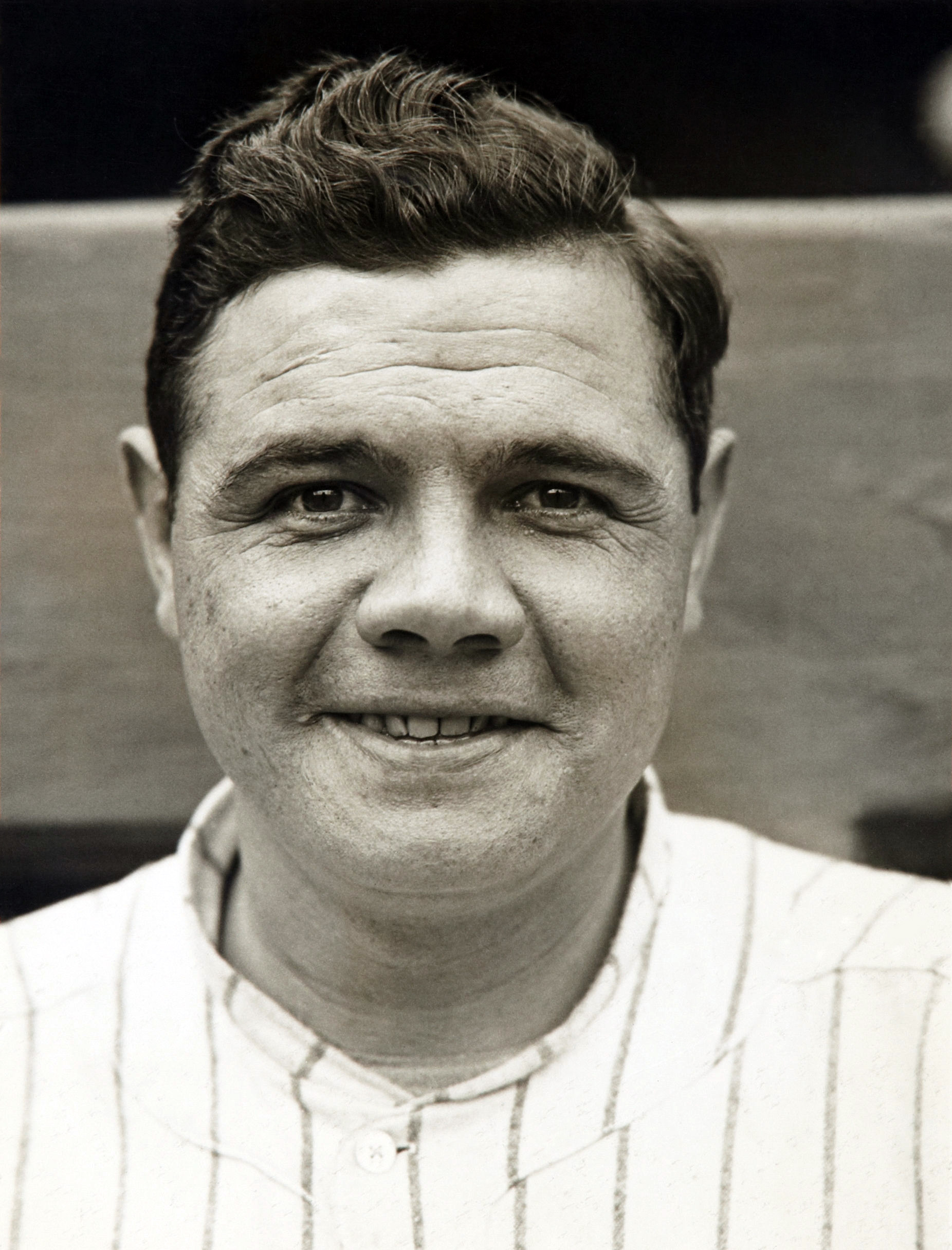Mom asked for Dr. Laird Swensen, a hand surgeon who had taken care of my family in the past. Dr. Swensen, a tall, kind, soft-spoken 50-something-year-old, graciously rearranged his schedule to come see me. My wrist was indeed broken, and Dr. Swensen set the fracture and put on a cast. A few weeks later, when X-rays revealed the fracture wasn't healing perfectly, Dr. Swensen recommended surgery. Nervous that I would never be able to play basketball again (18-year-olds have a different version of what's important), I called him the night before surgery. He reassured me. The surgery went great, and my wrist has been as good as new ever since. Dr. Swensen became a hero of mine.
A few years later, I had the opportunity to work as an orderly in the operating rooms where Dr. Swensen and other orthopedists operated. I took patients to and from surgery and helped prepare and clean the operating rooms. Early on, while chatting with one of the surgical technicians, I mentioned how highly I thought of Dr. Swensen. My coworker shrugged and said, "He's so slow."
This comment caught me completely off guard. Slow? What does that mean? Who cares if he's slow? Why is that even a thing? Isn't the only thing that matters whether he's "good" or not? Perhaps my colleague was just accustomed to other orthopedic surgeries, which are often much quicker, and not to hand/wrist surgery, which, due to the intricate anatomy, is meticulous and often drawn-out. But I was still miffed that the first adjective used to describe this excellent surgeon was the word "slow."
Since that time, I have on occasion noticed that a slow surgeon can be an annoyance to others that work in an operating room -- including nurses, technicians, anesthesiologists, etc. -- because of how long their cases take. Also, from a patient safety standpoint, all other things being equal, the less time spent under anesthesia, the better, and from a business standpoint, the quicker a procedure is, the more time available for other patients and procedures. And slow doesn't automatically equate with good. I understand all of that. Maybe I was naive, but I just never imagined that a physician's speed would have any bearing on what colleagues thought of him or her.
This pressure, to be not only excellent but also efficient, is something that every surgeon and every physician faces. Clearly, the ideal is that care is both excellent and efficient, 100% of the time. That's what's best for patients. In most cases, it's possible. But sometimes things aren't straightforward; surprises happen in the operating room or in the clinic, and when that happens, it's crucial that speed take a back seat to quality. I believe it's important to strive for perfection, not just "good enough."
My favorite anecdote regarding this issue comes from a surgeon I know who, during a meeting with his boss, was made aware that he took longer to do a given type of surgery than his colleagues did. The surgeon -- accurately, by the way -- replied, "Yeah. But mine work." That surgeon understood that while time is of the essence in the operating room for many reasons, the most critical aspect of the case is that it's done well, not that it's done quickly.
Every time I enter the operating room, I think about that surgeon, and about Dr. Swensen. I am so fortunate to have trained at the University of Iowa and to work at the Spokane Eye Clinic with colleagues that share this same approach.
What do you think? Have you faced pressure to be both good and fast in your career? How have you handled that? Comments welcome!







